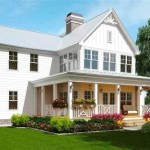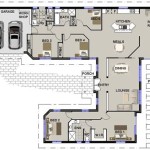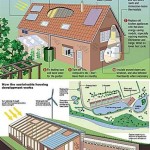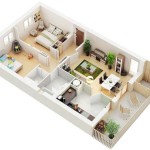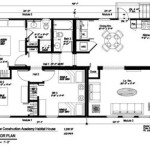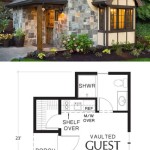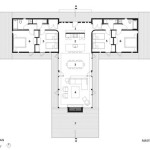House plans for lakefront homes offer a unique opportunity to create a dream home that is as beautiful as it is functional. From rustic cabins to luxurious estates, lakefront homes come in all shapes and sizes, and the right house plan can help you create the perfect home to fit your needs and lifestyle. Whether you are looking for a small, cozy retreat or a large, grand estate, here are some tips to help you find the perfect house plan for your lakefront property.
Consider the Landscape
One of the first things to consider when selecting a house plan for a lakefront property is the landscape of the area. Pay attention to the elevation of the lot, the slope of the land, and the surrounding vegetation. All of these elements will affect the design of the home and its ability to take full advantage of the lake views. Consider the size of the lot and the orientation of the house; the design should take into account the amount of sun, shade, and wind the home will receive.
Choose a Design That Utilizes the Natural Features of the Land
When designing a lakefront home, think about how you can use the natural features of the land to your advantage. For example, you may want to incorporate decks, patios, or terraces into your design to take advantage of the lake views. You may also want to consider building a dock or adding a boathouse to provide easy access to the lake. If the land has a steep slope, consider a split-level design to make the best use of the space.
Create a Sense of Privacy and Security
When designing a lakefront home, it’s important to think about privacy and security. Consider adding trees and shrubs to the landscape to create a sense of seclusion and privacy. You may also want to add fencing or walls to keep out nosy neighbors or wild animals. If your home is near a public beach or park, you may want to add extra security features such as motion sensors, security cameras, and/or alarms.
Prioritize Durability and Maintenance
When selecting a house plan for a lakefront property, prioritize durability and maintenance. Consider the type of climate and weather conditions that the area is prone to, and select materials and features that are designed to withstand the elements. For example, you may want to opt for materials that are resistant to mold, mildew, rot, and pests. You may also want to choose energy-efficient features such as windows and insulation to help keep your home comfortable and reduce energy costs.
Think About Your Future Needs
When selecting a house plan for a lakefront property, think about your future needs. Consider how many bedrooms and bathrooms you may need in the future, and select a design that allows for easy expansion or modification. Also, think about how the design of the house can be adapted to accommodate aging in place or accommodate the needs of a growing family. By taking the time to think about the future, you can ensure that your house plan meets your needs for years to come.















Related Posts


